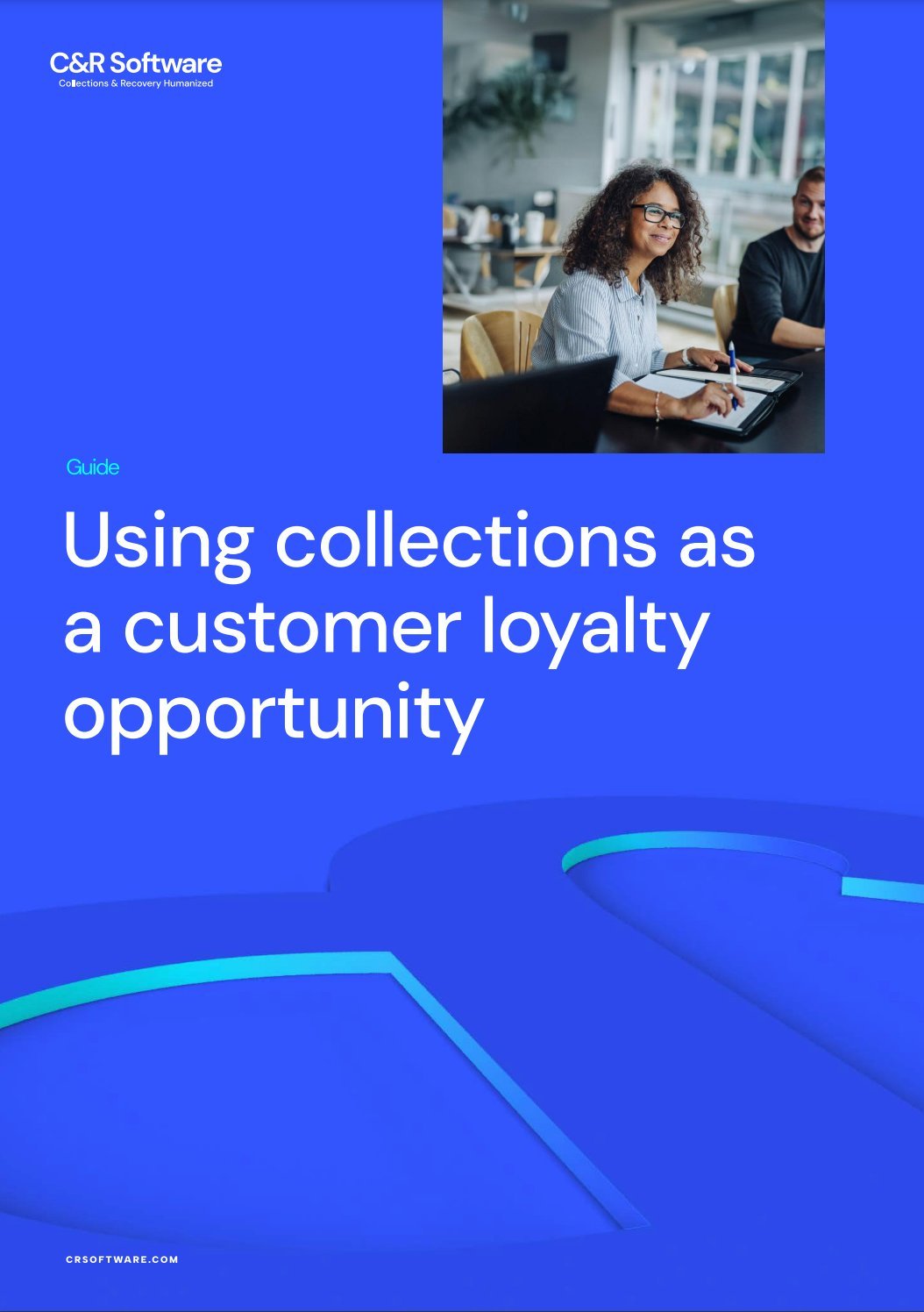In collections, there are key behavioral aspects that contribute to account delinquency which can often be invisible for traditional collections platforms. For example, some customers will express difficulty managing their finances on a monthly basis, and instead prefer weekly or semiweekly payments. This highlights one of a complex range of causes that lead to nonpayment, which can easily fall through the cracks of your collection process.
Behavioral segmentation is a technology that shines a light on the characteristics that lead to customer delinquency. Combined with the AI-powered tools of a configurable collections platform, it offers greater visibility of your customers’ situation and equips you with the information you need to guide them to better financial health.
What is behavioral segmentation?
Behavioral segmentation’s importance is based on its ability to differentiate customers based on key behavioral factors. Like standard segmentation, it gives you the ability to separate accounts into designated groups and automate treatment paths that are more likely to attain better customer financial standing. These groups are segmented by behavioral aspects using AI and machine learning tools, which can include preferred channels of communication and response sequences based on historical data and missed payments.
By segmenting groups via their behavioral attributes, you gain a better understanding of the intricacies leading to customer delinquency. Rather than seeing a customer who repeatedly misses weekly payments, you see a customer who responds negatively to weekly payments but positively to monthly. By utilizing a configurable platform, you can implement pre-determined workflows in real-time that assigns these customers to specified treatment paths; which in this case is a monthly repayment plan.
Features of behavioral segmentation
Identify vulnerable customers
There are a range of behavioral factors that can aid you in identifying vulnerable customers who require close attention and guidance. We know many overdue customers refuse to speak to collectors. This does not mean they are purposely avoiding contact, but rather they wish to make the payment when they are able to. With traditional platforms and processes, this key behavioral factor would be invisible and potentially lead to an ineffective treatment path.
Behavioral data can be used collaboratively with information collected from other parts of the process using AI-powered tools. When customer calls do take place, audio analytics can provide visibility of their emotional state. In combination with segmentation, you can dynamically respond to key characteristics in real-time, differentiating vulnerable customers and assigning them to an appropriate treatment path. The result is more humanistic and provides you with the knowledge to reliably and efficiently hit KPIs.
Combine risk groups to maximize collections and efficiency
Standard segmentation provides efficiency opportunities throughout the collections process by differentiating customer risk profiles. Behavioral segmentation takes this a step further by integrating customer specific characteristics alongside their risk profile and stage in the debt lifecycle. Rather than segmenting customers based on risk alone, behavioral data provides context behind this to help refine their treatment path.
With the help of a configurable platform that utilizes AI-powered tools, you can harness behavioral segmentation to maximize collections and efficiency. It gives you the ability to take the most appropriate actions in a timely and efficient manner. It also means you can enroll accounts on a behavioral treatment path via automation that assigns appropriate actions that maximize payment probability.
Gain visibility which enhances collections performance with Debt Manager
Where segmentation can optimize collections via distinguishing the risk of delinquent accounts, behavior data enhances it further by providing visibility on the characteristics leading to delinquency. You can then utilize this visibility to efficiently assign resources and agents to customers who need it, humanizing the collections process while hitting KPIs.
In order to realize the potential of behavioral segmentation, you need a configurable collections platform with AI-powered tools that give you the ability to integrate personalized workflows in real-time. At C&R software, we know “one size fits all” doesn’t work in collections. This is why our Debt Manager leverages artificial intelligence and machine learning to present insights and analysis based on individual customer data in real-time.
By using Debt Manager as a foundational platform for your collections process, you can adapt processes and models to suit the predetermined customer groups of your industry. The result is a collections process that both enhances collections performance and guides customers through their financial journey. To learn how Debt Manager can enhance your own process, contact a member of our team today.






